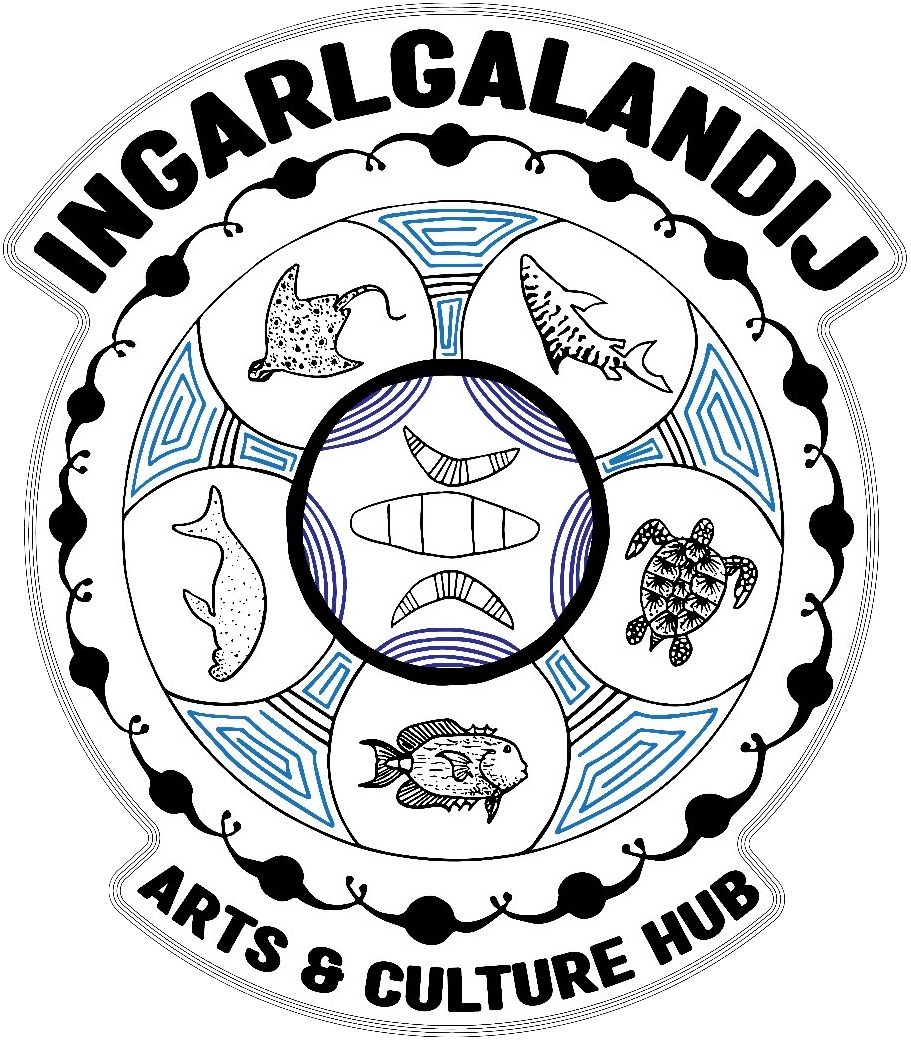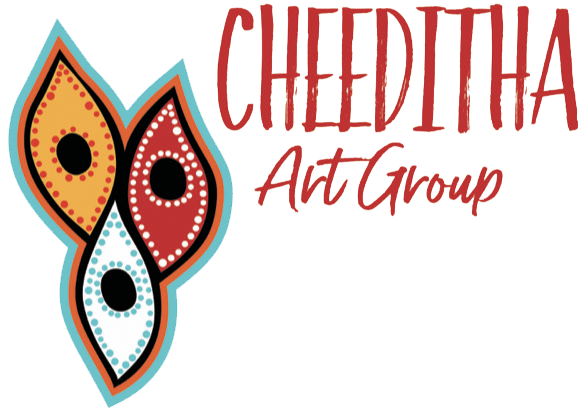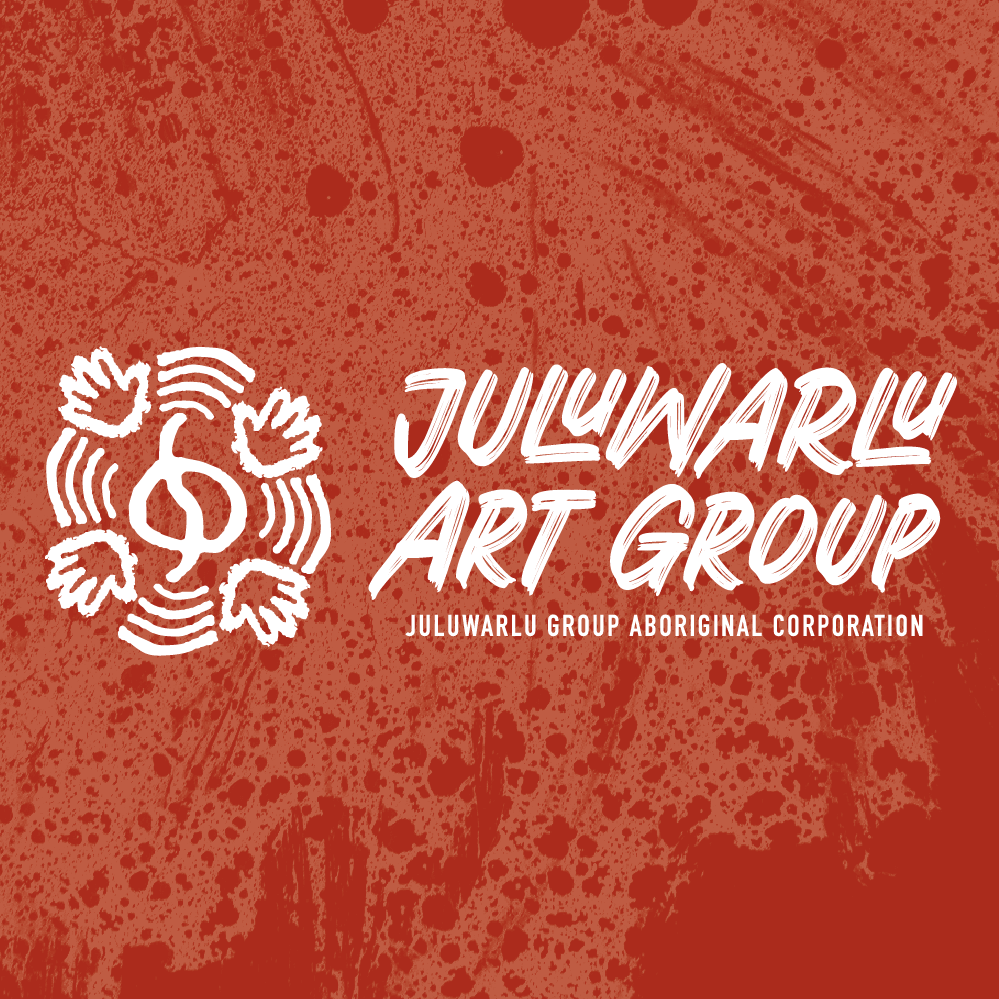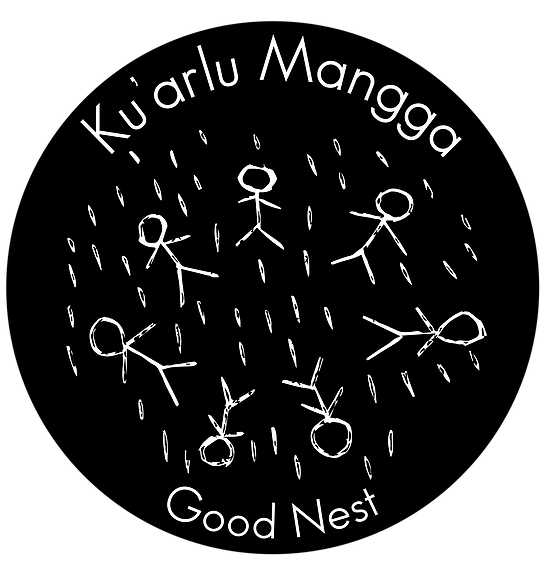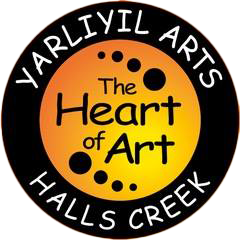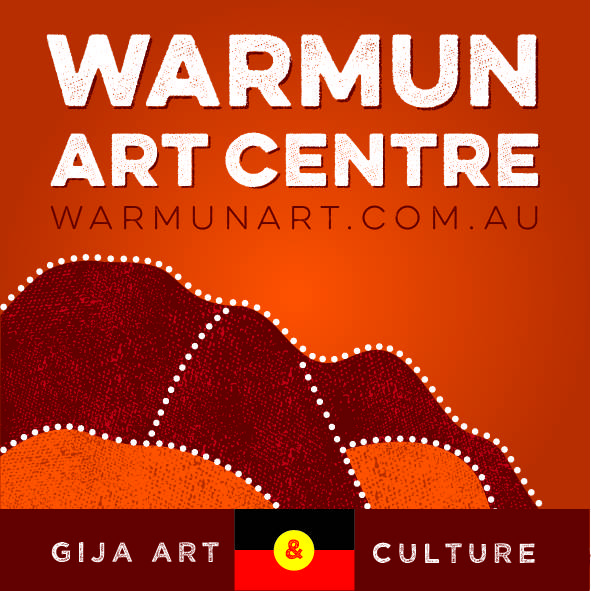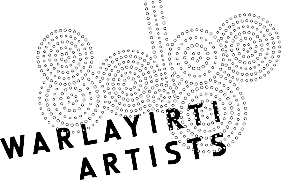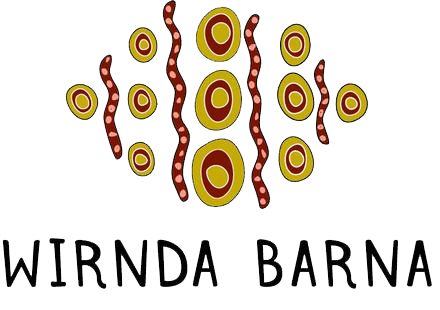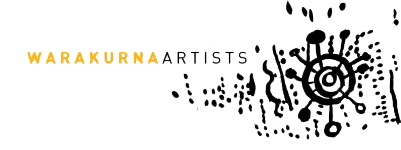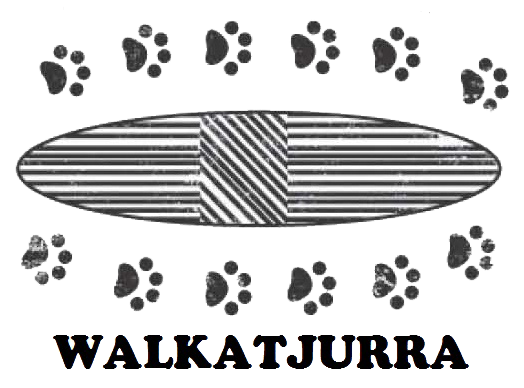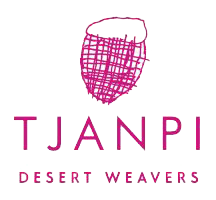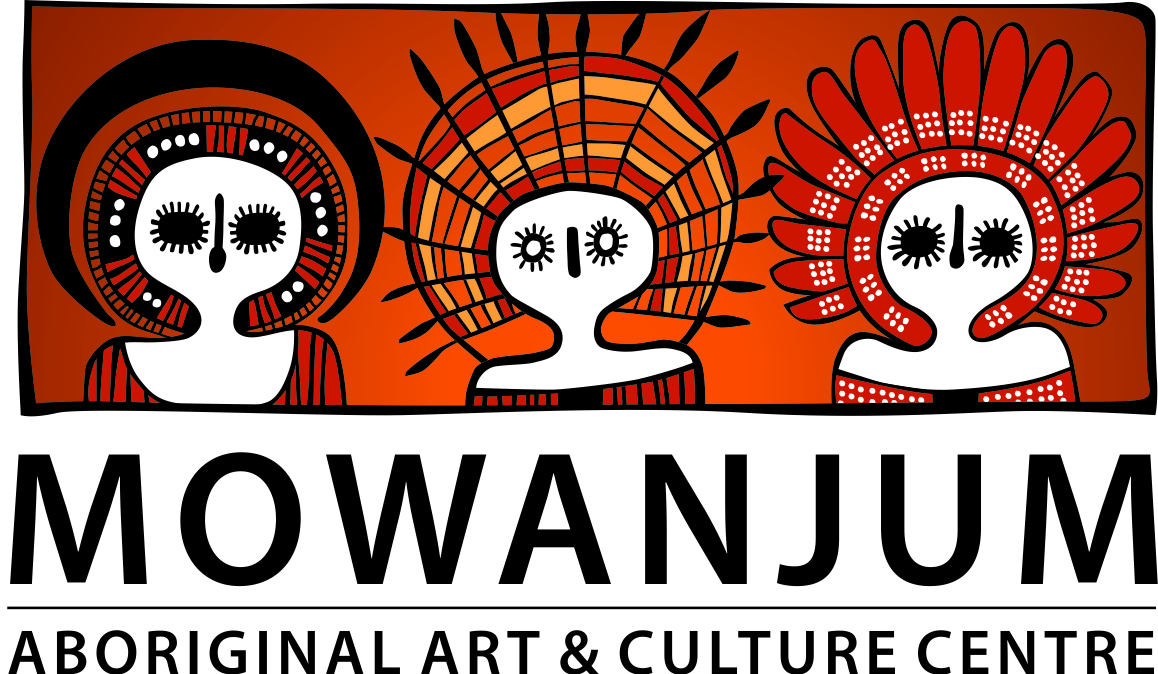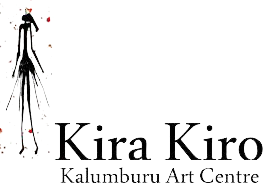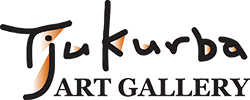Aboriginal Art and Art Centres
AACHWA member art centres are located in remote & regional parts of WA, from WA’s northern-most point down through the Mid-West and Goldfields regions. The artwork created by our members demonstrates the immense knowledge, history, stories and cultural diversity of Aboriginal people in Western Australia.


Tjarlirli & Kaltukatjara Art
Tjarlirli, Tjukurla
(08) 8956 7777
Kaltukatjara, Docker River, NT
(08) 8955 8396
AACHWA Members

Tjarlirli & Kaltukatjara Art
Tjarlirli, Tjukurla
(08) 8956 7777
Kaltukatjara, Docker River, NT
(08) 8955 8396
Other Art Centres
About Art Centres
What is an Aboriginal art centre?
A place where Aboriginal art is made
Aboriginal art centres are spaces for making art and continuing cultural knowledge and practices. They provide studio spaces and materials for artists to create their work and house archives of artworks. Much like commercial galleries in metropolitan centres, they represent artists, handle contracts and licencing; administration, business and marketing; and sales, commissions and exhibitions. Depending on their size, art centres also produce merchandise and other souvenir products and even collaborate with major fashion and commercial brands.
By Aboriginal communities, for communities
Unlike commercial galleries, most art centres are not-for-profit, Aboriginal-owned organisations – led by a board of local Aboriginal cultural leaders and Elders. Most art centres are located in regional and remote Australia, with roughly one quarter of art centres found in Western Australia. They are among the largest employers of Aboriginal people within their regions and are vitally important to their community, representing one of the few ways to make an income. Art centres are a community hub, engaging youth and the elderly, and providing health, wellbeing and social benefits, and other community services that, if not for the art centre, would not exist. They also enable Aboriginal people to remain close to their Country and, above all else, are a place where language, culture and knowledge is celebrated and continued.
How artists are paid
For each artwork sold at an art centre, a percentage of the sale price is paid to the artist, while the remaining percentage goes to the art centre to support its continuation and growth.
Visiting Art Centres
Visiting art centres is a great way to travel the state, connect with Aboriginal culture and witness first-hand the experience, knowledge and skill that goes into creating an authentic Aboriginal artwork.
When you visit an art centre, you’re not only entering a gallery space, but an artist’s studio and workspace. While you’ll often have the chance to meet artists and chat about their work, this is always dependent on an artist’s workload and cultural obligations and they may be too busy to receive visitors.
Things to keep in mind
- Check their opening hours. Art centres have limited staffing, so it’s best to check the opening hours on their website and/or social media. If no times are listed or it’s a holiday period, we recommend calling ahead.
- Artwork prices aren’t negotiable. Like in a commercial art gallery, most artworks will have a fixed price and asking for a discount may offend the artist.
- Bring cash and a debit/credit card. Not all art centres have EFTPOS facilities, stable WiFi or an ATM or bank nearby, while others will have difficulties banking cash and will prefer an electronic transaction. If you plan on purchasing an artwork, it’s best to bring both cash and a debit/credit card to avoid disappointment.
Buying Aboriginal Art
Aboriginal art is diverse
Many people think only of dot paintings when they imagine Aboriginal art, but artists use a wide array of motifs, styles, strokes and colours to convey their Country and ancestral stories, traversing painting, sculpture, carving, textiles, ceramics, printmaking, photography, digital art and more. Motifs, styles and stories are often unique to the numerous Aboriginal language and community groups, who hold cultural ownership and responsibility for their care and use.
How to buy authentic Aboriginal art ethically
- Check the artist is acknowledged. The artist’s name should appear on the receipt, packaging and/or certificate of authenticity.
- Ask about the provenance (origin) of the artwork. Always ask where the artwork is from and the series of transactions that has brought it to its current location. 3
- Ask how the artist gets paid and how much of the sale price they receive.
- Check the seller is a current ‘Signatory Member’ of the Indigenous Art Code at indigenousartcode.org. The Code is a voluntary industry code of conduct that sets best practice standards for fair, transparent and ethical trade with Aboriginal and Torres Strait Islander artists and their art. Both Indigenous and non-Indigenous owned businesses that have commercial arrangements with artists can apply to become Code signatory members. They’re required to demonstrate their compliance with the Code and renew their commitment and membership annually.
- Get a receipt of purchase and ‘certificate of authenticity’. At a minimum, you should expect to receive a receipt with your purchased artwork, showing the price paid and art centre/gallery name; and a certificate of authenticity for works over AUD$250 detailing:
-
- The name of the artist/s and name of the artwork;
- When and where the artwork was made;
- Dimensions and medium (such as oil paint, canvas, wood); and
- The name, location and contact details of the person or organisation identifying the artwork (in many cases this will be an Aboriginal art centre).
Where to buy Aboriginal art
- Buy online or in-person from an ethical Aboriginal art centre and/or AACHWA-member art centre. Most art centres in WA are AACHWA members and meet certain criteria to ensure they operate ethically and are Aboriginal-owned and led. Visit our WA art centre directory at aachwa.com.au. Buying from an art centre means you can be sure of the authenticity of the artwork – who created it and where it is from – and that the artist receives their fair share of the artwork sale.
- Visit an Aboriginal art market or fair. Visiting an art market is a great way to meet the artists and art centres, and see a wide array of art from across the state or country. AACHWA are the custodians of the Revealed Aboriginal Art Market, which is the largest art market of its kind in WA and sees all profits return to artists and communities. Visit revealed.org.au for more.
- Buy from commercial art galleries and dealers. Commercial galleries represent artists of their choosing, manage their administration and sales, and take a commission (or percentage) on any revenue generated. They can also work closely with Aboriginal art centres to support artists in reaching bigger audiences, and it’s not unusual for Aboriginal artists to work with their local art centre and be represented by a commercial gallery.

